5 Best Ways to Improve Infiltration Rate (Proven)

And also see why it is important to improve our soil infiltration rate.
AFRILCATE
OVERVIEW OF INFILTRATION AND INFILTRATION RATE
Infiltration is the downward movement of water into the soil.
The surface phenomenon is governed by soil surface conditions and it occurs when precipitation or surface water penetrates the soil surface.
On the other hand, Infiltration rate is a measure of the rate at which a particular soil is able to absorb rainfall or irrigation.
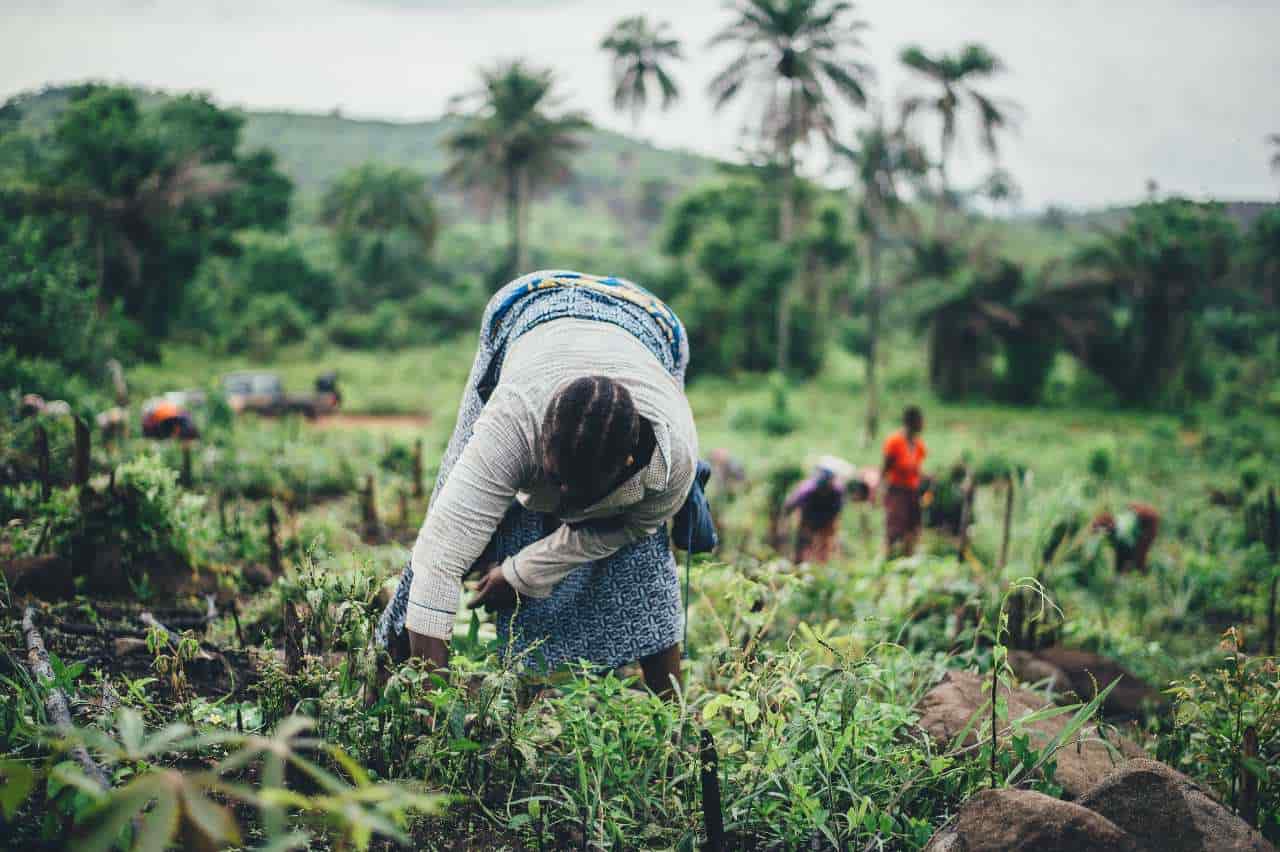
planting on rich African soil
The higher the infiltration rate the faster the infiltration and vice-versa.
WHY IS INFILTRATION IMPORTANT?
Poor soil management reduces infiltration rate and makes it difficult for water to penetrate the soil.
Most of the surface water will move downslope as surface runoff causing erosion and washing off soil nutrients.
As a result of this, less water will be stored in the soil for plant growth.
This weakens soil structure, causes a reduction in soil organic matter, and yield rate will drastically reduce.
Thankfully, this soil defect isn’t a permanent feat and it can be readily rectified.
The next sub-heading will guide you on how to improve your soil infiltration rate in order to regain its maximum efficacy.
5 WAYS TO IMPROVE SOIL INFILTRATION RATE
The 5 proven ways to improve water infiltration into the soil are:
- Avoid soil compaction through controlled traffic
- Plant Cover Crops on a scheduled basis.
- Ensure Crop Rotations for Row Crops
- Incorporate a Nutrient Management Plan
- Reduce or eliminate tillage practice
1. Avoid soil compaction through controlled traffic
The wheels of heavy farm machinery compacts the soil causing the aggregate particles to be closely packed together.
This greatly prevents the infiltration of water into the soil.
But does it means that you shouldn’t use machineries for farm operations when needed?
Of course, you are free to make use of machinery, they save time and increases efficiency.
But how about driving these machineries only through a designated path so that the soil compaction will be limited to just this pathway.
Now this is what we refer to as controlled traffic.
Controlled traffic is the practice of running farm machinery over a designated path in the field.
The machinery follows the same path from event to event, year to year, so that compaction resulting from such passes will be confined to the smallest possible proportion of the field.
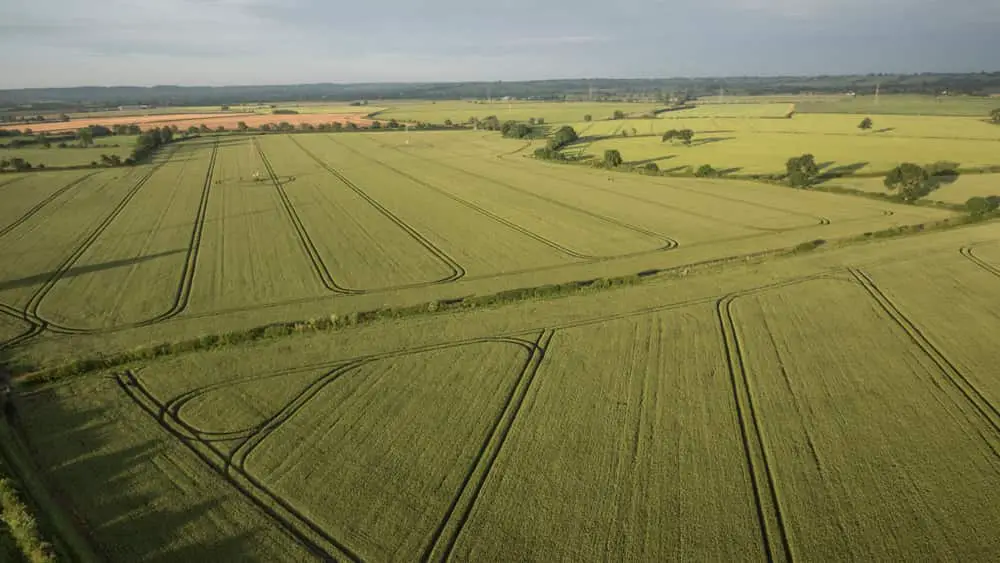
can you see the designated pathway for farm machinery in this field?
The second pass of a tire will cause less compaction if it is run over the same track rather than a new area.
Compaction reduces soil porosity which results in lesser infiltration.
Compaction not only diminishes soil quality but has an energy cost as well.
Controlled traffic saves energy because wheels get better traction on compacted soil by following a particular route.
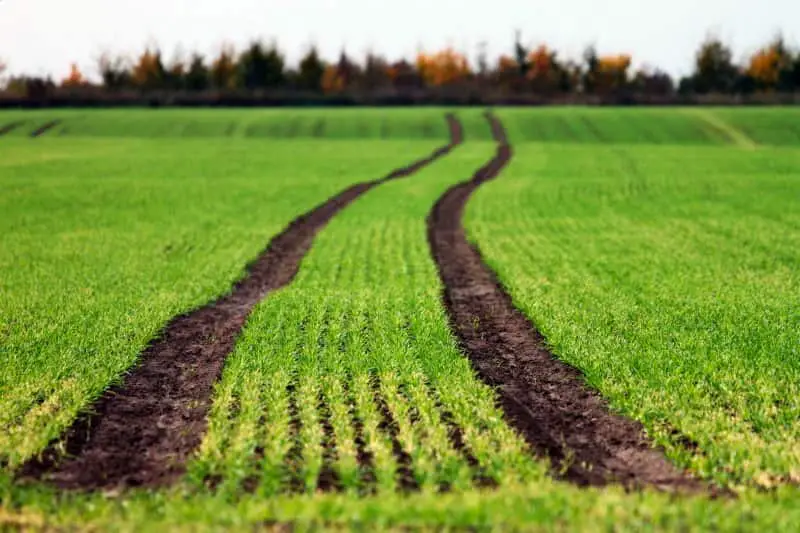
In conclusion, controlled traffic implies:
- reducing the number of times heavy equipment is used on a field.
- Using heavy machinery only on designated paths or between rows.
With controlled traffic, soil compaction will be reduced and infiltration rates will spring up.
2. Plant Cover Crops on a scheduled basis.
To improve infiltration rate, it’s advisable to grow cover crops.
Cover crops are plants that are planted to cover the soil rather than for the purpose of being harvested.
Cover crops are commonly legumes and grasses but may be comprised of other green plants.
Surprisingly, cover crops have a wide array of benefits with no serious drawbacks.
They are extensively used to:
- Improve biodiversity by increasing the variety of species in a given area.
- Slows down the velocity of surface water thereby making more time for infiltration.
- Prevent soil erosion by protecting the soil from droplet impact (under sprinkler’s irrigation)
- Provide nutrients to the soil, and improve soil physical properties in just one growing season.
Cover crops reduces surface runoff hence they are called “living mulches”.
Mulch is a layer of organic material, such as crop residue, that is left on the surface of the soil.
They are left on soil surface to prevent water runoff and protect the soil from the damaging effects of heavy rainfall.
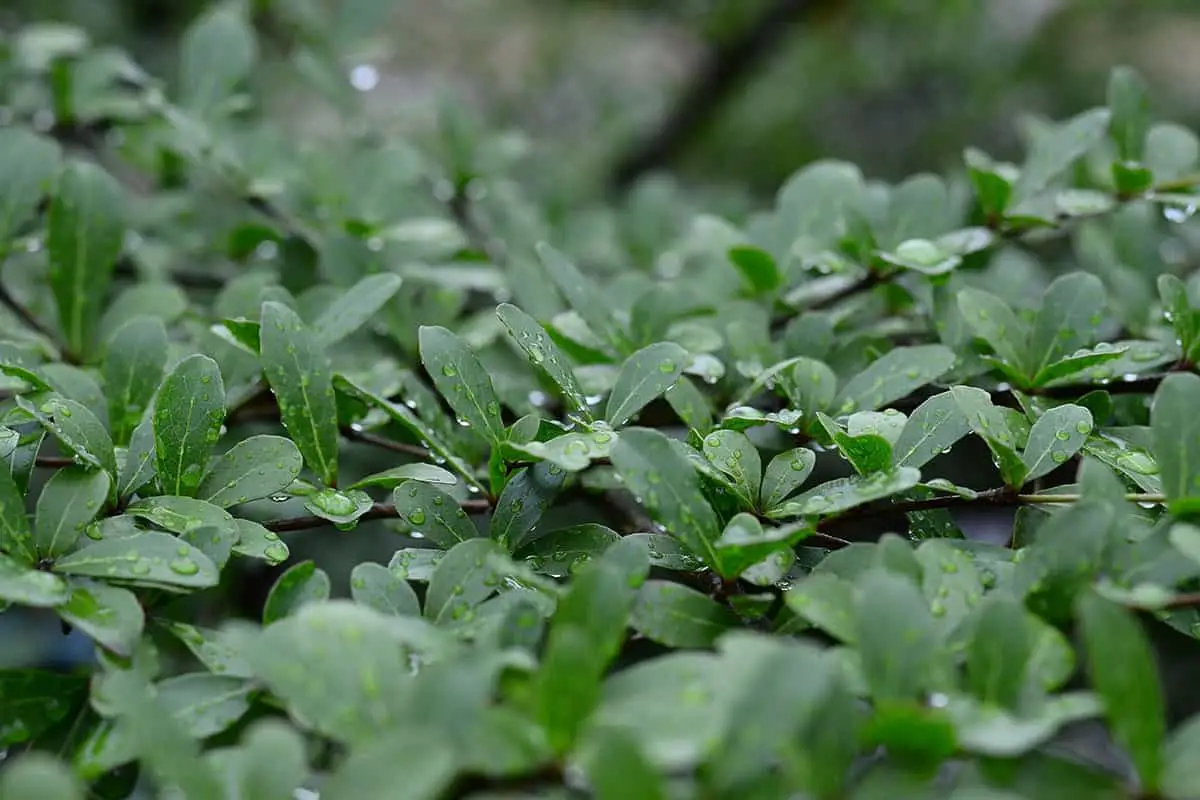
cover crops
– Cover crop timing
When cover cropping for long periods of time, combine small grain (cereal ingredients like oats, barley, rye) with legumefor best result.
Legumes are nitrogen-fixing plants. Examples are peas and vetch.
When cover cropping for a shorter period of time, consider green manure crops and quick-growing crops that will outcompete weeds.
Examples of such crops include buckwheat and field peas.
There are times when a farmer might decide to not plant any crop till the next farming season or don’t have enough time to raise a crop.
Instead of leaving the farmland idle, a healthy practice is to plant a cover crop.
Of course, you won’t make any profit from planting a cover crop, but it will strengthen the soil by releasing nitrogen.
It will also open up compacted pores depending on the type of cover crop.
The farmer will therefore spend less money on fertilizers in the next planting season.
– Replanting
What happens when a cover crop is fully grown and the farmer wants to plant in the occupied space?
The conventional technique is to mow down the cover crop and allow it to dry.
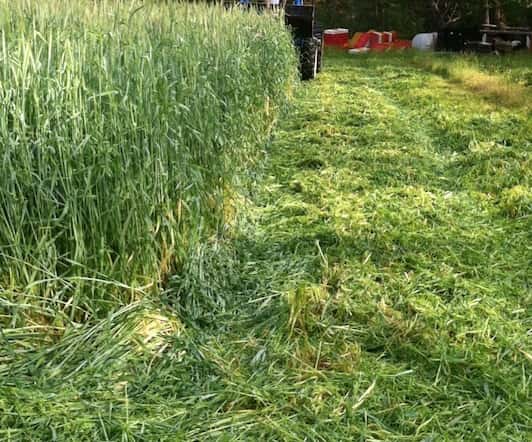
cutting down cover crops (conventional technique)
Alternatively, some progressive farmers in drought-prone areas favor a no-till method, in which the residue from the cover crop is left on the soil as a mulch layer.
Growing cover crops is most times seen as a secret weapon to healthier soil.
However, best results are achieved if growing cover crops are combined with tillage reduction and erosion control measures.
3. Crop Rotation for Row crops
Crop rotation is the practice of growing a series of different types of crops in the same area in sequential seasons.
Crop rotation gives various nutrients to the soil.
A traditional element of crop rotation is the replenishment of nitrogen through the use of green manure in sequence with cereals and other crops.
A basic principle of crop rotation is not to grow the same thing in the same place two years in a row.

4. Incorporate Nutrient Management Plan
To improve infiltration rate, it’s necessary to incorporate nutrient management plans.
Nutrient management involves using nutrients as efficiently as possible to improve productivity while protecting the environment.
Application of animal manures or composts at recommended rates helps increase soil organic matter.
Clay soils in commercial agricultural sites are often treated with gypsum to help break up the clay in order to make allowance for percolation.
As the microbes breakdown organic matter, the pore spaces between the soil particles are increased, and thus the infiltration rate.
A good nutrient management plan will outline how nutrients are managed according to:
- land base characteristics,
- crops being grown,
- type of nutrient,
- proximity to water and
- application methods.
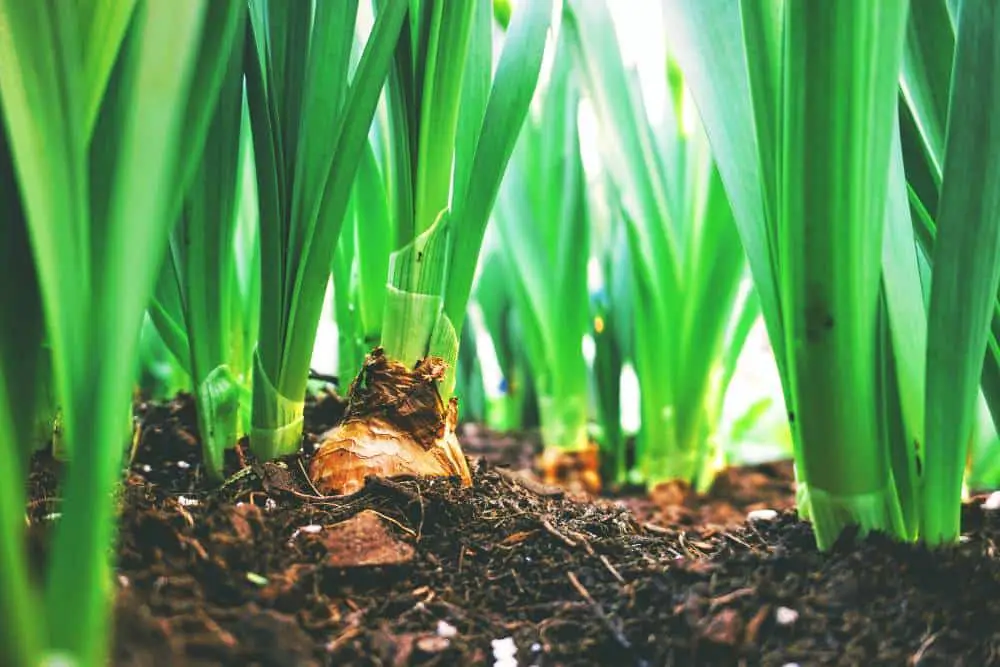
5. Reduce or eliminate tillage practice
Tillage is the mechanical manipulation of the soil for the purpose of crop production.
This significantly affects the soil characteristics such as soil water conservation, soil temperature, infiltration, and evapotranspiration process.
Tillage is used for seedbed preparation, weed suppression, and soil aeration.
However, it contributes negatively to soil quality since it disrupts soil structure, accelerates surface runoff, and soil erosion.
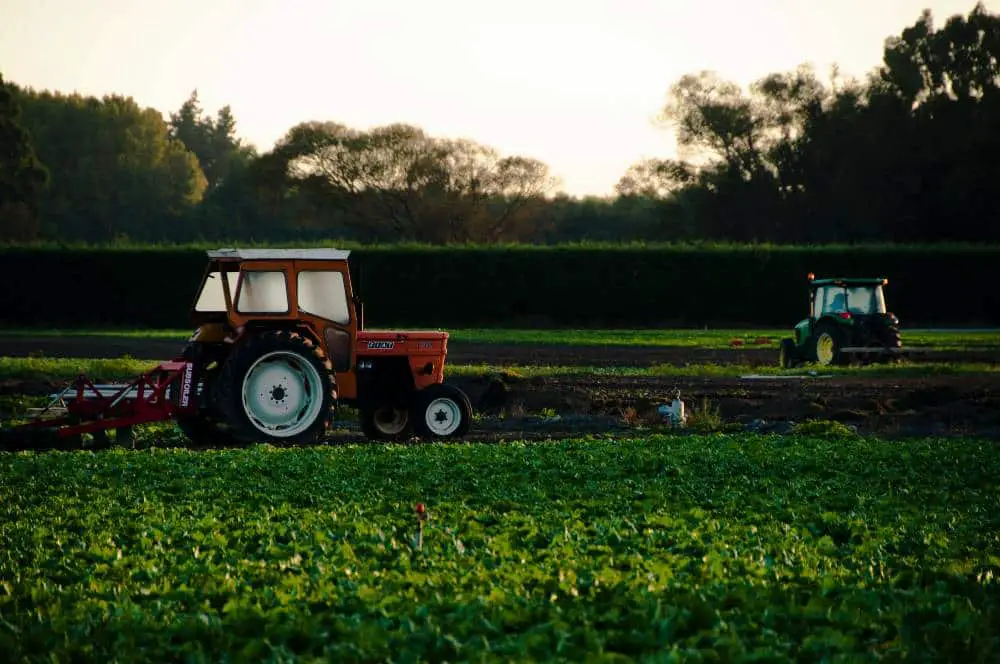
The fact that the soil is not tilled and still permanently covered with crop residues leads to efficient erosion control.

no-till practice
They are various factors that affect the infiltration rate of soils.
Not to worry, we have curated an article that talks about the: 7 major factors affecting infiltration
Now…Over to You!
There you have it. Our 5 best ways of improving the infiltration rate of soils.
Hope you enjoyed it😊
Now, I will like to hear from you.
Which of these 5 practices have you tried out in the past?
Can you share the results with us?
If you haven’t tried any, which practice will you consider soonest?
Share your thoughts and answers in the comment section below.



what are the engineering application of infiltration factors in water resources